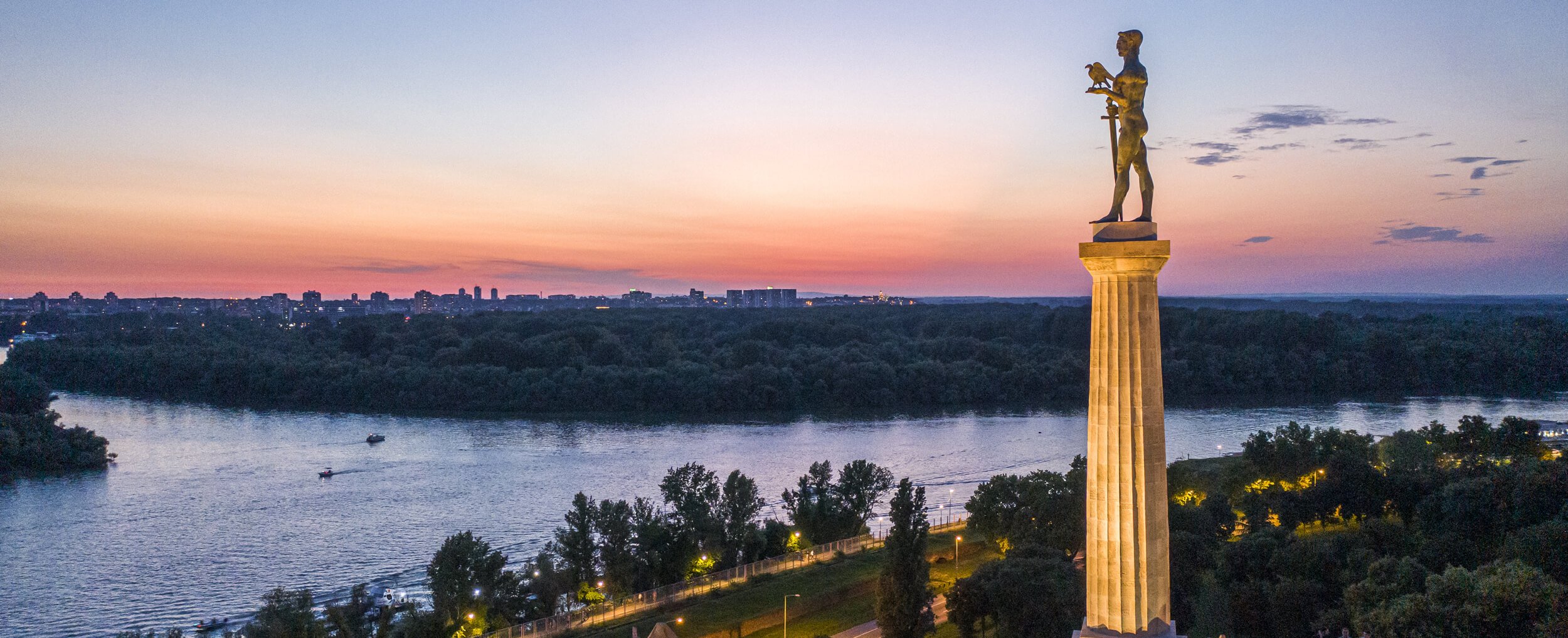It is located between the gate of Carlo IV and Nebojsa Tower. It leans against the remains of northeastern rampart of the Lower Town. It was built in the second half of the eighteenth century and it is made of stones and bricks. Upon the siege of the Tower, Karadjordjevic’s insurgents used this building as …
Archaeological excavations have revealed a part of the marble lintel of the Metropolitan Church of the Assumption of the Mother of God with the founder’s inscription of Despot Stefan Lazarevic. Apart from the inscription, no other remains of the church were found, which was destroyed at the beginning of the third decade of the 18th …
The gate of Charles VI is located within the medieval northeastern ramparts of the Lower Town and it was named in memory of the Austrian Emperor Charles VI, during whose government the city was ruled by the Habsburgs for the first time. The military success of the Austrians in the fight against the Turks, that …
The most important part of the settlement, in the riverside area, is surrounded by the ramparts of the Lower Town. The settlement of this area began in ancient times, when a narrow strip of river bank was framed by ramparts. Houses were built in approximately the same area during the Middle Ages. However, the formation …
Ruzica Church, dedicated to the feast of the birth of the Mother of God, is today a revered sanctuary within the walls of the Belgrade Fortress. It was built in 1867 and was originally supposed to serve as a military temple. For that purpose, the Austrian gunpowder warehouse from the fourth decade of the 18th …
St. Petka Chapel, together with the Ruzica Church, is one of the most revered sanctuaries in Belgrade. It was built above a spring that has been considered miraculous since the Middle Ages, connecting with the cult of St. Petka. It is not known what the original chapel built on this site looked like, of which …
During the battles for the defence of Belgrade in 1915, a number of fallen soldiers were buried along the walls of the Belgrade Fortress. After the First World War, their remains were collected and placed in the ossuary next to the Jaksic Tower. The ossuary is marked with a cross that is made of cannon …
The protruding cannon tower of the Eastern suburbs of the Lower Town is named after the Jaksic brothers, medieval nobles known from folklore and heroic epic songs. It was built at the beginning of the second half of the 15th century, with 15 positions for cannons that defended the northern approach to the city. The …
Although it is known as an old Turkish bath, the hammam in the Lower Town was built only in the second half of the 19th century, at a time when the Turkish garrison had already left Belgrade. In addition to this one, there were two other hammams in the area of the Belgrade Fortress — …
An impressive building, buried in the rock of the western suburbs or the so-called Danube slopes and formed during the great Austrian reconstruction of the Belgrade Fortress. The construction lasted only two years, from 1718 to 1720, with the aim of making a safe shelter for gunpowder as soon as possible, a place protected from …

